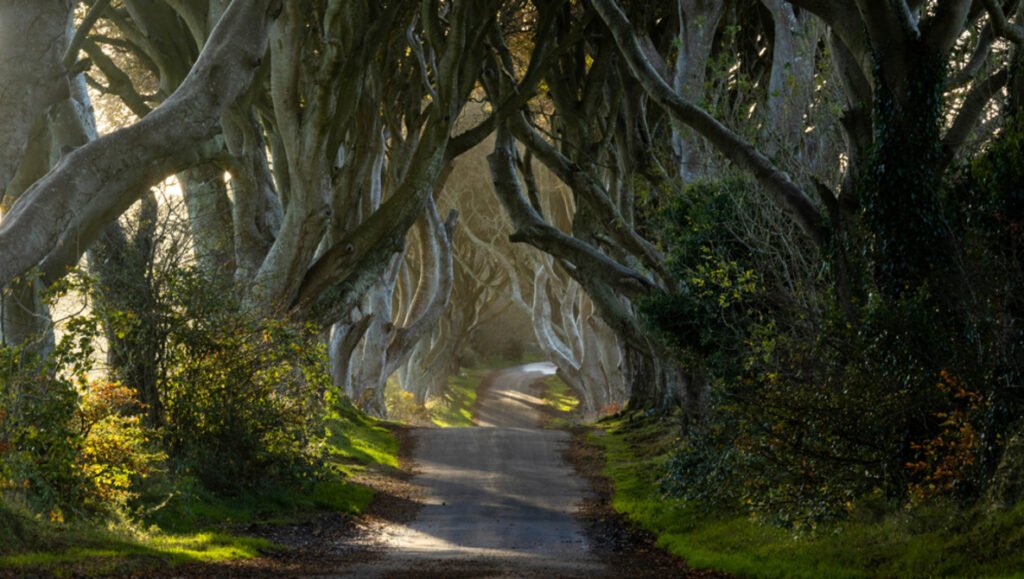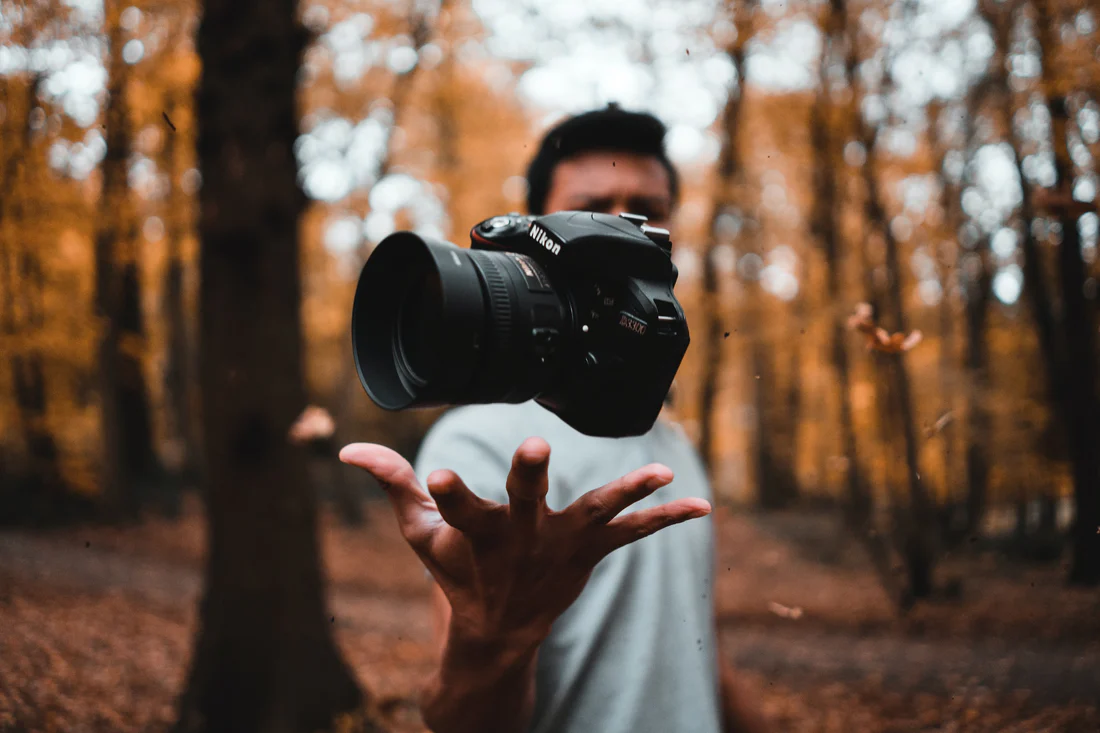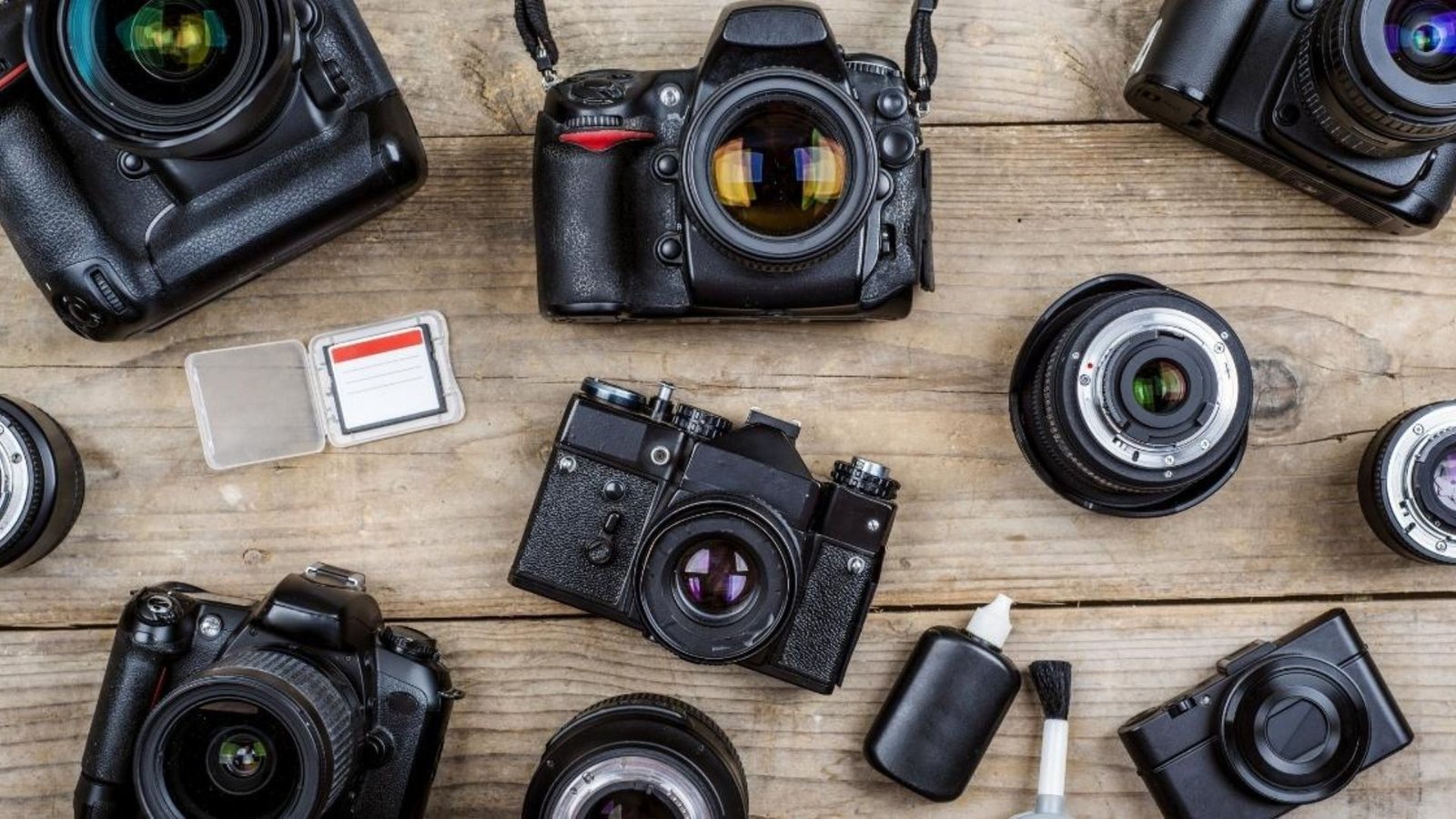Composition is one of the most powerful tools in photography. It is the art of arranging the elements within a frame to create a balanced, harmonious, and visually compelling image. Whether you’re capturing a bustling street scene, a serene landscape, or a portrait, composition is key to transforming a simple photo into a work of art. In this guide, we’ll explore the power of composition in photography and how you can use it to elevate your visual storytelling.
1. Understanding the Importance of Composition
Composition is more than just placing subjects in a frame—it’s about guiding the viewer’s eye, creating balance, and conveying the essence of your subject. A well-composed photograph can tell a story, evoke emotions, and captivate the viewer, making composition a crucial element of effective photography.
- Visual Balance: Good composition creates a sense of balance in an image, ensuring that no part of the photo feels too heavy or too light. This balance can be symmetrical or asymmetrical, depending on the effect you want to achieve.

- Focus and Attention: Composition helps direct the viewer’s focus to the most important parts of your image. By carefully arranging elements within the frame, you can control where the viewer’s eye goes and how long they linger on different parts of the photo.
- Storytelling: Through composition, you can tell a story or convey a message. The way you position subjects, use negative space, and incorporate lines and shapes all contribute to the narrative of your photo.
2. Key Composition Techniques
Mastering composition involves understanding and applying various techniques that can help create more dynamic and engaging photos.
- Rule of Thirds: One of the most fundamental composition techniques, the rule of thirds divides the frame into nine equal parts using two horizontal and two vertical lines. By placing key elements along these lines or at their intersections, you create a more balanced and visually appealing image.
- Leading Lines: Leading lines are lines within the image that guide the viewer’s eye towards the main subject. These can be natural lines like roads, rivers, or architectural elements. Leading lines add depth and perspective to your photo, drawing the viewer into the scene.
- Framing: Framing involves using elements within the scene to create a “frame” around your subject. This could be anything from tree branches to doorways. Framing helps isolate the subject, adds context, and can create a sense of depth.
- Symmetry and Patterns: Symmetry and patterns naturally draw the eye and can create striking compositions. Symmetrical compositions are often pleasing to the eye because of their balance, while patterns can add rhythm and harmony to a photo.
- Negative Space: Negative space refers to the empty or open areas around the main subject of your photo. Using negative space effectively can help emphasize your subject and create a more minimalist and focused image.
- Depth and Layers: Creating a sense of depth in your photos can make them more engaging. This can be achieved by including elements in the foreground, middle ground, and background, or by using techniques like perspective and overlapping.
3. The Role of Perspective in Composition
Perspective plays a crucial role in composition, influencing how the viewer perceives the scene. Changing your perspective can completely alter the composition and impact of a photo.
- Shooting Angles: Experiment with different angles to see how they affect the composition. Shooting from a low angle can make subjects appear larger and more dominant, while a high angle can make them seem smaller and more vulnerable.
- Point of View: Consider the point of view in your composition. A straight-on shot might convey neutrality, while a side angle can introduce a sense of dynamism or tension.
- Depth of Field: The depth of field—the range of focus in an image—can also influence composition. A shallow depth of field, where only a small part of the image is in focus, can draw attention to a specific subject, while a deep depth of field keeps everything in the frame sharp, emphasizing the entire scene.
4. The Emotional Impact of Composition
Composition isn’t just about technical precision; it’s also about creating an emotional connection with the viewer. The way you compose a photo can evoke different emotions, moods, and responses.
- Mood and Atmosphere: The composition of a photo can set the tone and atmosphere. For example, a centered, symmetrical composition can feel calm and stable, while an off-center, asymmetrical composition might evoke tension or energy.
- Visual Tension: By placing subjects off-center or using diagonals and unusual angles, you can create a sense of tension or movement in your photos. This can make an image feel more dynamic and engaging.
- Storytelling Elements: Consider how the arrangement of elements in your photo can tell a story or suggest a narrative. The placement of subjects, the use of light and shadow, and the choice of background can all contribute to the emotional impact of your image.
5. Practice and Experimentation
The key to mastering composition is practice and experimentation. Don’t be afraid to break the rules and try new things—some of the most compelling compositions come from unexpected approaches.
- Experiment with Composition: Try different composition techniques in various scenarios. Practice framing, leading lines, and symmetry with different subjects and locations to see how they affect your photos.
- Learn from Others: Study the work of other photographers to see how they use composition. Analyze what makes their images effective and how you can incorporate similar techniques into your own work.
- Review and Reflect: After taking photos, review your compositions critically. Look for what works and what doesn’t, and think about how you could improve your shots next time.
Conclusion
The power of composition in photography lies in its ability to transform a simple image into a compelling visual story. By mastering key composition techniques like the rule of thirds, leading lines, and framing, you can create photos that are not only visually appealing but also emotionally impactful. Remember, the best compositions often come from experimentation and practice, so don’t hesitate to explore different approaches and discover your unique photographic style. With time and effort, you’ll be able to harness the power of composition to create stunning images that resonate with your audience.










